The largest SSD and hard drives of 2025
The largest SSD and hard drive options together on one page
Finding the largest SSD and hard drives can be a challenge with technology and innovations rapidly changing the state of play. We checked out which are the largest internal and external drives you can get right now and whether biggest is best.
Even with limitless online storage, nothing beats physical storage for saving high-volume files, games, large videos and other high-quality media. These devices are also well-placed and well-spaced to form part of any secure backup process.
We've tested the best SSD and best hard drive, benchmarked some of the fastest hard drives and fastest SSDs. Now, we're comparing the largest SSDs and hard drives on the market right now. We've looked at the top deals on units that balance portability, speed, and that all-important storage capacity at the best value price.
Need shareable storage? We haven't included them in this round-up, but check out our picks for the best NAS hard drives.
Today's best deals
Backup large drives online with cloud storage
IDrive, the cloud backup veteran, delivers tons of storage online for an incredibly small outlay. 10TB for $4.98 for the first year is unmatched till now and so is the support for unlimited devices and the extensive file versioning system available. Even the biggest SSD or HDD need a cloud storage to secure data.
The largest SSD and hard drive in 2025
Why you can trust TechRadar
We've tested countless storage devices looking for the largest SSD and hard drive models and we've brought together our top picks in every category below. Note that we've only accounted for those which can be purchased, rather than those that have just been announced.
The largest SSD on the market
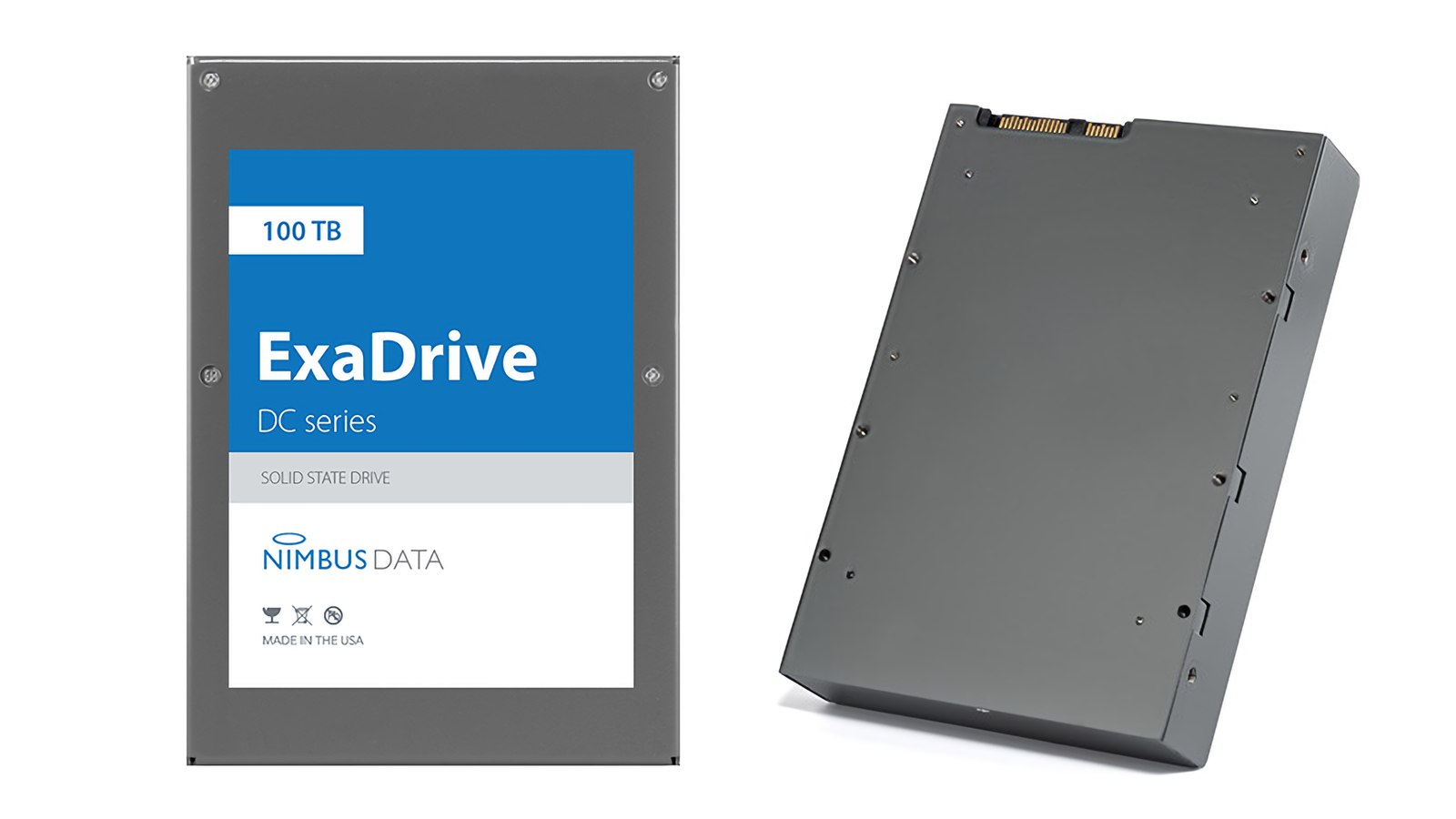
ExaDrive specializes in extra high capacity 3.5-inch solid state drives for data centers. The biggest model it currently has is the EDDCT100 which retails for a staggering $40,000 or $400 per TB. As of November 2024, that is about 9x the price of the cheapest SSD on a per TB basis (This Patriot Burst Elite 1.92TB SSD costs just under $83 on Amazon).
Available with a SATA or SAS interface, it offers an unlimited drive write per day for five years (the length of the warranty) thanks partly to the use of SLC technology (which explains the price as well). A cheaper version of the ExaDrive, the EDNLT064, is also available and is the second largest solid-state drive on the market with a capacity of 64TB but swaps TLC for QLC.
At $10,900 it offers a relatively more palatable price point and a per TB price of only $170 compared to its bigger brother. In comparison, 18TB hard drives have a per TB price starting from as little as $15 but they are bigger, noisier, slower, heavier, consume more power and are statistically more likely to fail.
The EDDCT100 will be overtaken in 2025 when 122.88TB SSDs from Kioxia (LC9) Solidigm (D5-P5336), Western Digital, Phison (Pascari D205V, a PCIe 5.0 part) and Samsung (BM1743) go on sale and reach retail.
Honorable mentions to:
- Smaller Nimbus Data Exadrive SSDs are available in 32TB, 50TB and 64TB
- Micron and its two 30.72TB SSDs (The 6500 ION and the 9400 Pro) and a 60TB model, the just announced PCI Gen5 6550 Ion
- Solidigm and its two 30.72TB SSDs: The D5-P5430 and the D5-P5316, as well as the 61TB D5-P5336
- Samsung and the the PM1643, PM1653 and the PM1733, with capacities up to 30.72TB. It also launched a 61.44TB model, the BM1743 back in July 2024
- Kioxia and a slew of 32TB SSDs: PM6-R, CD8P-R, PM7-R, CM7-R and the CM6-R
- Western Digital and the Ultrastar DC SN655, a 64TB NVMe SSD
- Memblaze has the PBlaze 6 6930 and the PBlaze 7 7940 with a 30.72TB capacity
I have not added DFM (Direct Flash Modules) from Purestorage to this list as they are proprietary solutions that can't be used elsewhere. Seagate launched a 60TB SSD in 2016. It was a prototype but we don't know whether it was sold. I approached Seagate in May 2023 to find out what happened to it and this is what they said to me.
Largest portable SSD
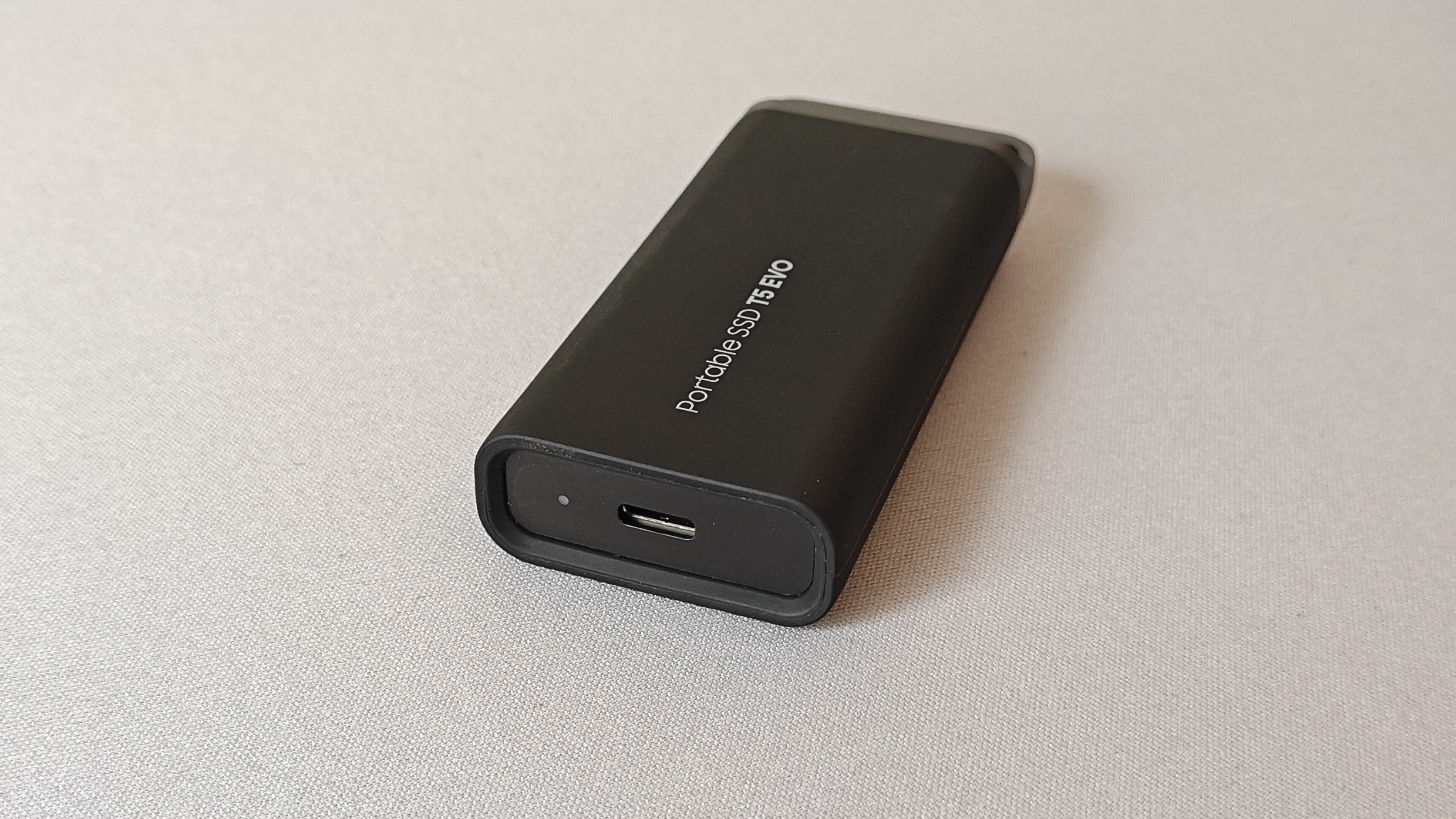
The Samsung T5 EVO portable SSD is the cheapest 8TB external SSD on the market at the time of writing at just under $430. On a per TB basis, this is cheaper than any internal 8TB SSD on sale as of January 2025. Bear in mind though that (a) you can open it up and use the SSD inside as there's no SSD strictly speaking (b) the T5 EVO is very slow at 460MB/sec (read/write).
For something slightly speedier, check out the Sandisk 8TB Desk Drive SSD which is more expensive but is more than twice quicker and would top my leaderboard as my daily storage driver.
Honorable 8TB external SSD mentions include:
- VectoTech Rapid external SSD
- Oyen Digital U34 Bolt external SSD
- Oyen Digital Helix Dura external SSD
- Oyen Digital U32 Shadow
- Titanium One IP66 rated
- OWC 8TB Expresss 1M2 external SSD
- Teamgroup T-Force M200
- Glyph Production Technologies Atom Pro 2
The largest HDD on the market
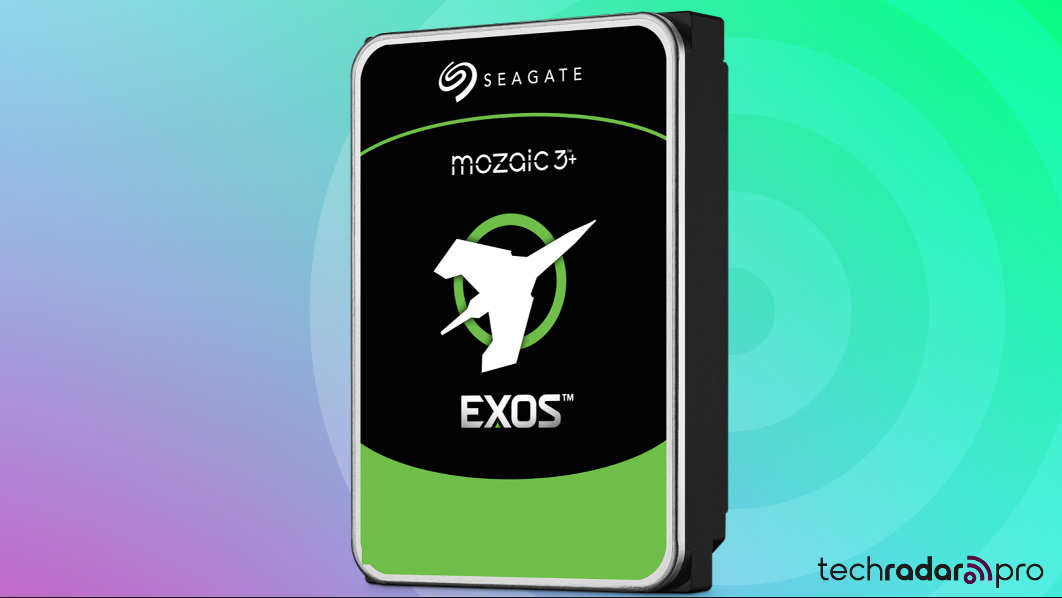
Specifications
As of January 2025, the largest hard disk drive released has a capacity of 36TB. Seagate added a 36TB hard disk drive to its Exos Mozaic 3+ range just hours ago. End users can't buy it yet as Seagate has prioritized Cloud Service Providers (CSP) and hyperscalers.
The drive uses ten HAMR-infused platters of 3.6TB each and should be compatible with existing hardware. We don't know what the pricing is yet but I expect it to cost about $700 should it ever go on sale on popular online retailers.
Now, if you want to buy the biggest hard disk drive right now and don't want to wait for the aforementioned 36TB drive to land, then Toshiba has a 18TB hard drive on sale for just $255, a tasty $14.17 per TB. The MG08ACA is an enterprise HDD with a 550TB/year workload year.
Also present in WD's sprawling portfolio are 28TB, 30TB and 32TB models, part of the Ultrastar DC HC680/HC690 range. You can't buy them direct so you will have to contact WD directly should you want to acquire one. Toshiba confirmed that it will launch 30TB and 32TB models but has not set a launch date.
The largest portable HDD on the market
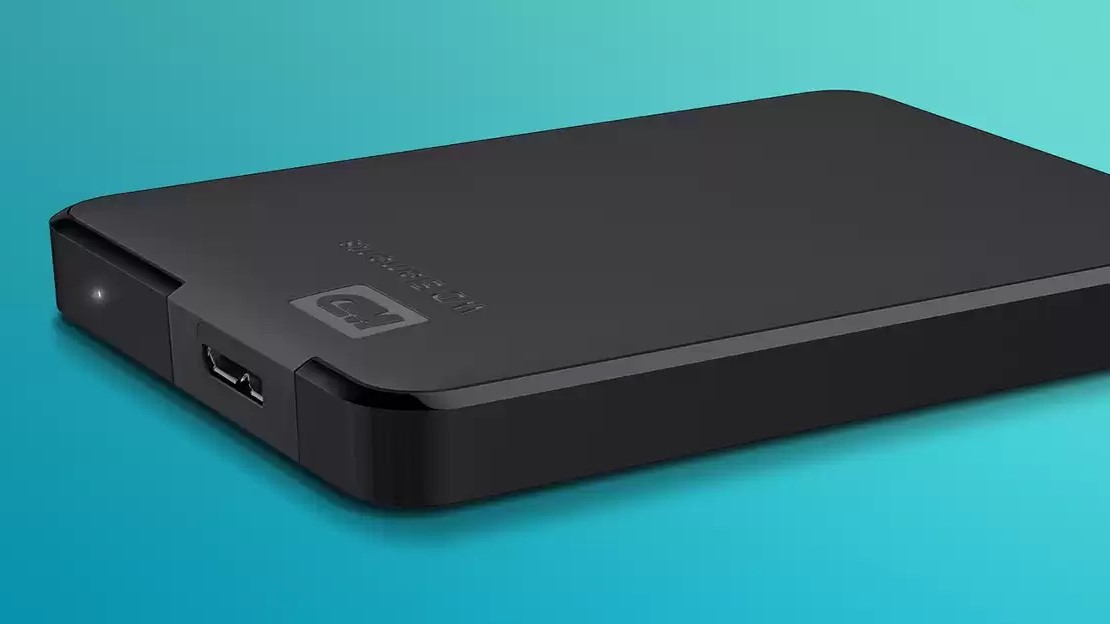
Hard disk drives are cheap and offer plenty of capacity but they are bound to disappear in a not-so-distant future. Right now, the biggest portable hard disk drive has a capacity of 6TB; meet the WD My Passport 6TB which uses a special drive that is slightly bigger than a standard laptop HDD which has a width of 2.5-inch and a height of 7mm.
This one is 12.5mm thick which makes it incompatible with laptops having a 2.5-inch spare bay. Western Digital has many models of that capacity starting from under $153 and spread across multiple categories: the G-Drive ArmorATD, the My Passport (Ultra, For Mac), the WD_BLACK P10, Elements (and Elements SE) and finally Easystore.
Sadly, given the lack of new products, it seems that hard drive manufacturers have given up on portable and laptop hard disk drives altogether. Given that the sweet spot for external HDD capacity is 4TB and with no 7TB 2.5-inch HDDs planned, portable HDDs are likely to disappear rapidly when cheap large, capacity external SSD hit this capacity point and come down in price later this decade.
Largest M.2 SSD
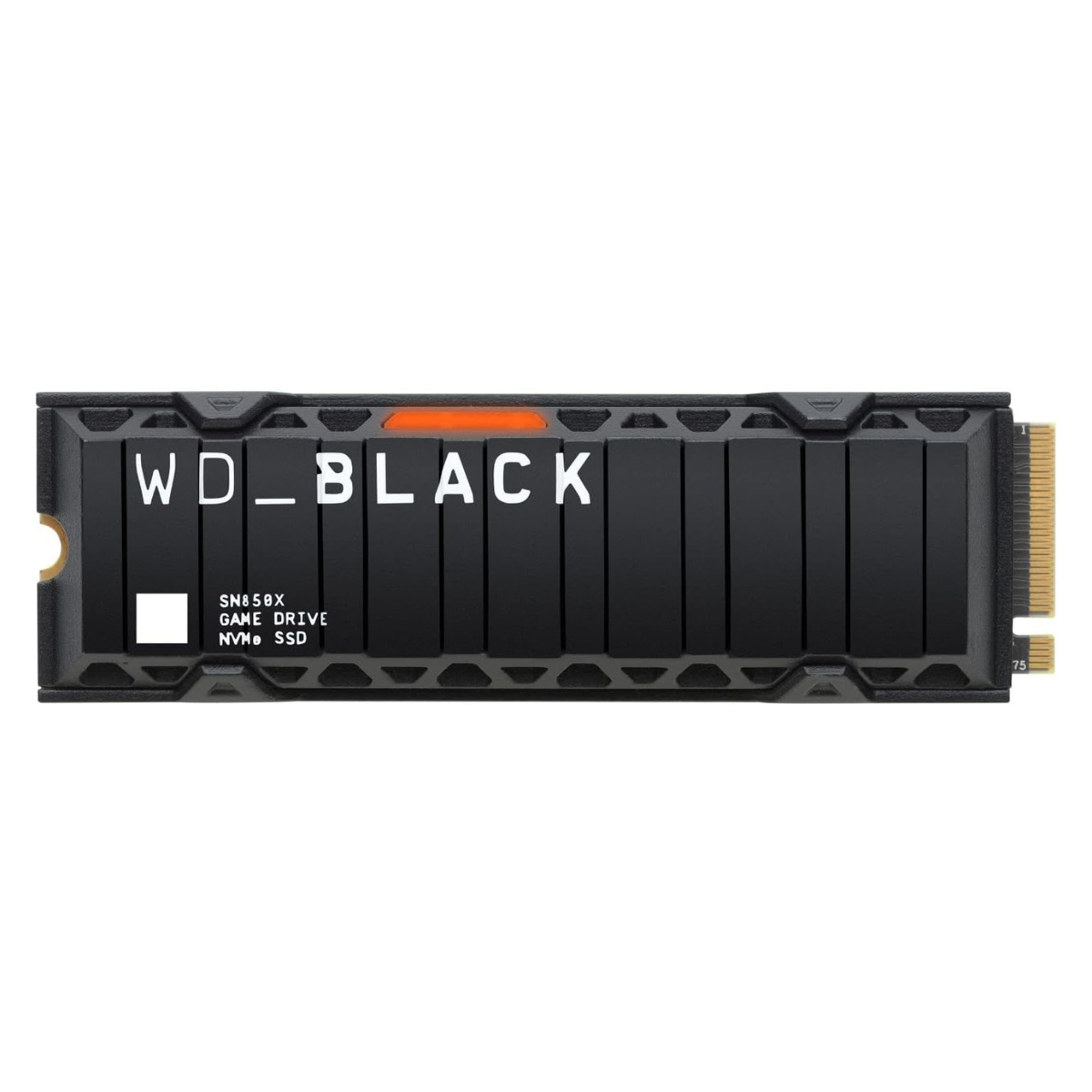
I have removed the 15.36TB Teamgroup QX SSD as it has been retired. SATA drives in general are now considered obsolete having been superseded by NVMe models for laptops.
If you want high capacity and high performance, there are seven consumer PCIe x4 Gen 4 SSDs available: the Sabrent 8TB Rocket 4 Plus, the WD_black SN850X and SN850P, the Teamgroup MP44, the Inland Performance Plus, the Fantom Drives VENOM8 and the Corsair MP600 Pro/XT.
They all retail for anything between $650 and $1200 or more and deliver similar performance (around 7,000MB/sec, 6,100MB/sec for sustained read/write respectively). At the time of writing, there's no Gen 5 SSD of this capacity or indeed, any widely available PCIe SSDs with a larger capacity.
For this category, I chose the WD_BLACK SN850P because, at the time of writing, it is the cheapest of the lot. I am of course hoping to see large capacity PCIe 5.0 SSDs as well.
Largest removable storage
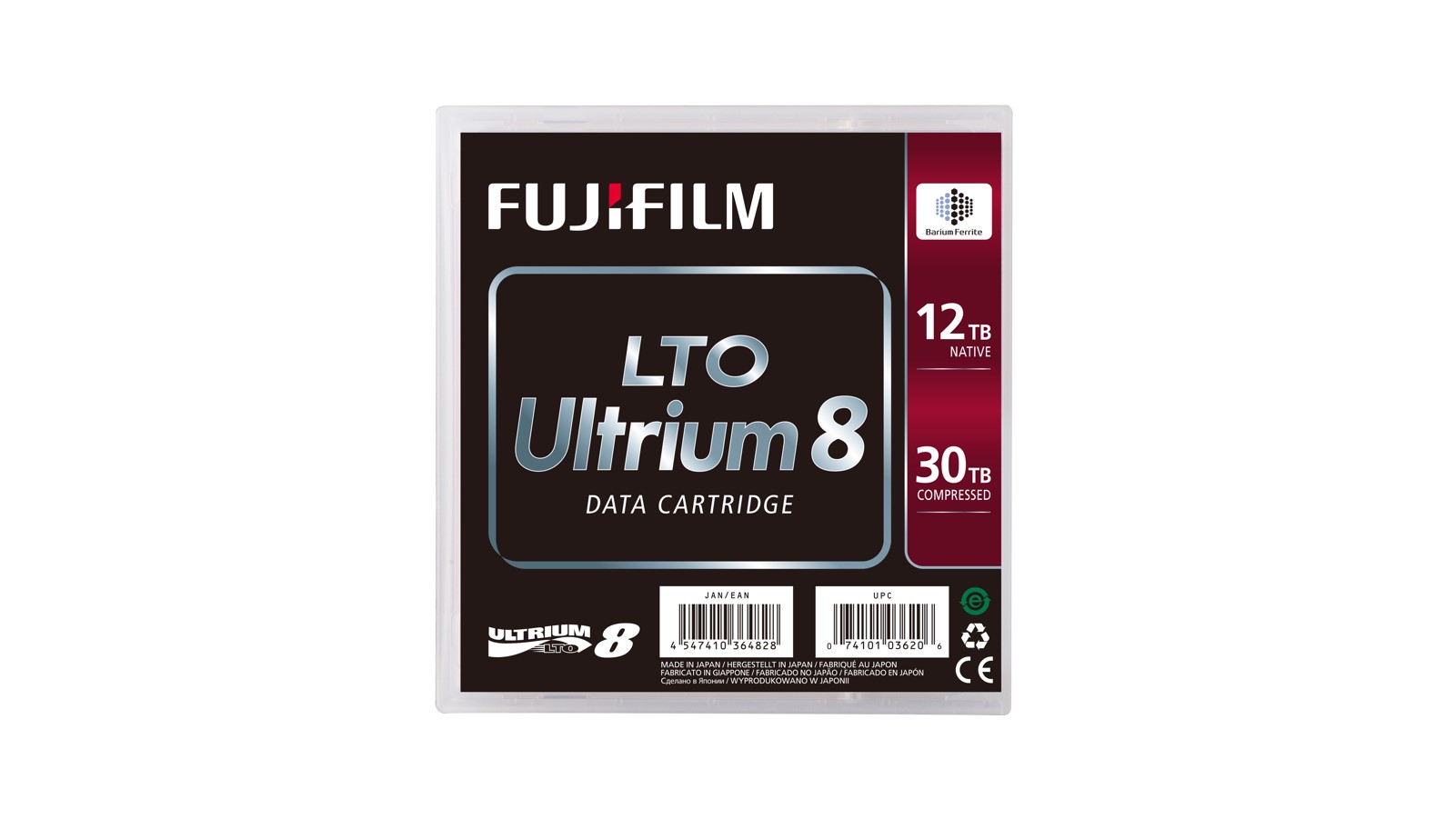
SSDs tend to get the limelight when it comes to storage technology but the sobering reality is that a lot of data worldwide is archived and lives in cold storage, media that requires hours, if not days before it is accessible. Enter tape or more specifically LTO (Linear Tape-Open), a tape technology currently in its 9th iteration that offers up to 18TB capacity on a data cartridge and up to 45TB compressed.
Tape though comes with many caveats; the average price of the drives is exorbitant - in the thousands of dollars. It is a linear storage technology which means that it can take time to retrieve the data stored but it works great for backup and is popular with cloud storage providers.
However, if your data requirements are in the petabytes and you care more about archival than immediate access, then tape can be a pretty compelling alternative.
Since my last update, the price of LTO-9 tape has reached parity - on a per TB basis - with LTO-8 tape. That said, LTO-9 drives still carry a significant premium and therefore, I would still choose the previous generation LTO-8 for my archival needs. A 12TB tape for as little as $61 or just over $5 per TB. It offers native transfer speed rates of 360MBps and supports 256-bit AES encryption by default.
A quick back-of-the-napkin calculation shows that you are likely to break even at around 720TB (up from 500GB a few months ago). 60 tapes (about $3,460) and a TB3 LTO-8 tape drive (about $4,800) will cost you roughly the same as 36 external 20TB HDD (at $230 a piece), as of January 2025.
Are you a pro? Subscribe to our newsletter
Sign up to the TechRadar Pro newsletter to get all the top news, opinion, features and guidance your business needs to succeed!

Désiré has been musing and writing about technology during a career spanning four decades. He dabbled in website builders and web hosting when DHTML and frames were in vogue and started narrating about the impact of technology on society just before the start of the Y2K hysteria at the turn of the last millennium.
- John LoefflerComponents Editor
